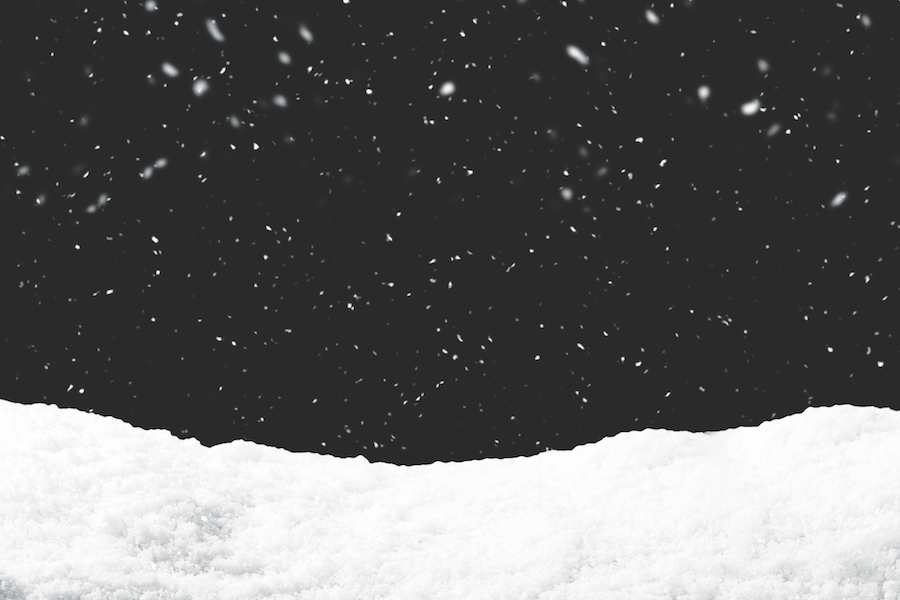When I was a little kid, the first snowfall of the year meant something more than the arrival of winter. It signified the beginning of the season for a quiet and deeply satisfying tradition. It was time again for the long, slow, wandering nighttime woods drives that my dad would take us on.
The snow would begin falling and, without any discussion, my brothers and I would finish our dinners and pile into the cab of dad’s truck. The engine would come to life and the wipers would sweep the snow from the windshield, a world of soft white appearing outside, sparkling in the sphere of the headlights’ glow. The heater pushed warm air onto our faces and feet. The radio was left off, the only sounds the engine and the crunching of snow under cold tires as we backed down the driveway.
We would cross the one paved road and enter a tunnel of dirt back roads, feeling like explorers as we made the first tracks in the fresh snow. My dad would set the truck in first gear and we would crawl at the slowest pace it could go without stalling.
This became a practice in patience for me. I was used to the idea that cars are meant to bring us swiftly to a destination. But on these trips, the truck served a new purpose. It became a safe, warm capsule that allowed us to pass through the cold night, with heat and light and glass windows for looking out onto the surrounding landscape. It was like being at the bottom of the ocean in a cozy little submarine.
On these slow-moving adventures, the destination was exactly where we were at any given moment. We were always right where we were going. Seeing a world rarely seen: the world of the deep woods at night. A place that exists while we sleep in our beds, under our thick covers, beneath roofs and behind walls, while it is out there, dark, cold, silent, alive, filling up with snow.
On these drives we would find the forest in a new way. It was illuminated by headlights, the undersides of branches glowing, the shadows cast upward. All the sharpness cut away and covered in soft curves, forms rounded by wind and a million tiny snowflakes resting together.
The snow on our roads told us just how much the animals of the night use our paths, too. Their tracks in the snow revealed their movements — the little dash-mark footprints left by mice, the post-hole trails left by the rabbits, the confident in-line steps of the coyotes and playful wanderings of the foxes. On some nights we would see the animals themselves, out at the far edges of the headlights’ reach, slipping into the dark. One of my very favorite things was to see an owl drop from the canopy overhead, swoop down over the truck, and fly off into the darkness ahead. The flight of the owl seemed to gather all the sound from the air and tuck it into its wings: a silence greater than the absence of sound. We kept that silence too, inside the truck, eyes wide.
Next snowfall, when it is too harsh for walking, maybe you will call a friend, or set out with your person, or pile your kids into the car, or go alone on a snowy woods drive. It will take you nowhere. But it will leave you more deeply connected to the spider’s web of old roads, trails, and narrowing pathways of this Outer Cape landscape.




